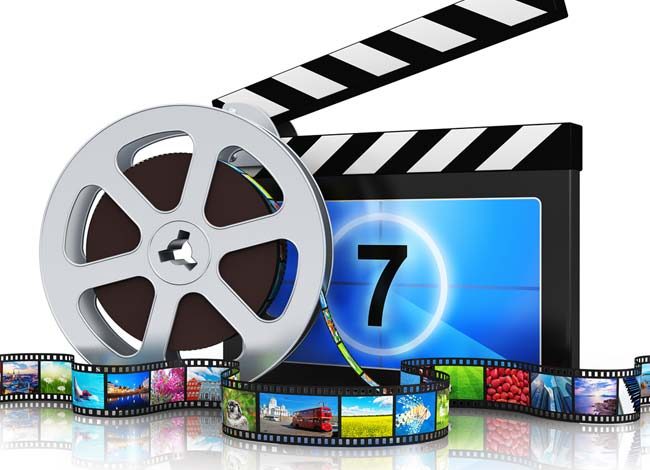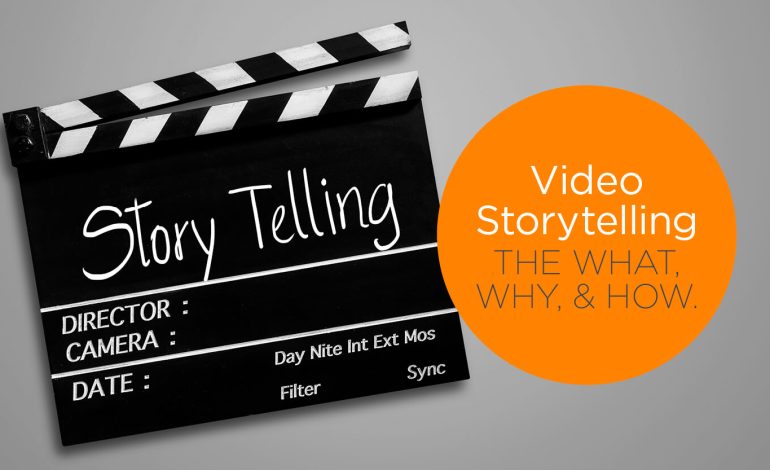Color is one of the most important elements of video production
Understanding the psychology of color can help video producers make more informed decisions about color selection, lighting, and color grading, ultimately leading to a more effective and engaging video. In this article, we will explore the psychology of color in video production and how it can be used to create more impactful videos
The Basics of Color Psychology Color psychology is the study of how color affects human behavior and emotions. Colors can evoke a wide range of emotions and can be used to communicate messages without the use of words. Understanding the psychological effects of different colors can help video producers make informed decisions about color selection and lighting
Red: Red is an intense color that is associated with passion, excitement, and danger. It is often used to grab attention and create a sense of urgency.
Orange: Orange is a warm and energetic color that is associated with enthusiasm, creativity, and warmth. It can be used to create a friendly and inviting tone.
Yellow: Yellow is a bright and cheerful color that is associated with happiness, optimism, and warmth. It can be used to create a positive and uplifting mood.
Green: Green is a calming and soothing color that is associated with nature, growth, and freshness. It can be used to create a sense of balance and harmony.
Blue: Blue is a cool and calming color that is associated with trust, stability, and professionalism. It can be used to create a sense of security and reliability.
Purple: Purple is a luxurious and sophisticated color that is associated with creativity, wisdom, and wealth. It can be used to create a sense of luxury and exclusivity.
Using Color in Video Production Understanding the psychology of color is an essential part of using color effectively in video production. Here are some tips for using color to create more impactful videos:
- Consider your audience: Different colors can evoke different emotions and responses depending on the audience. Consider the demographics of your audience when selecting colors for your video.
- Use color to create a mood: Color can be used to create a specific mood or tone in a video. Consider the emotional response you want to create in your audience and select colors that align with that mood.
- Use contrast: Contrasting colors can be used to create visual interest and draw attention to specific elements in a video.
- Consider color temperature: The temperature of a color can affect the emotional response it evokes. Warm colors like red, orange, and yellow can create a sense of energy and excitement, while cool colors like blue and green can create a sense of calm and relaxation.
- Use color grading to enhance the mood: Color grading can be used to enhance the mood and tone of a video. It can be used to create a sense of warmth or coolness, adjust contrast, and add saturation or desaturation.
In conclusion, the psychology of color is an important consideration in video production. Understanding the emotional responses that different colors evoke can help video producers create more impactful and engaging videos. By considering your audience, using color to create a mood, using contrast, considering color temperature, and using color grading to enhance the mood, video producers can create videos that resonate with their audience and effectively communicate their message.


